| | by Wayne Scraba
Posted September 25, 2014 on RacingJunk.com
In the last three issues we discussed the intricacies of real racing axles. There’s a lot to digest, but when you’re done and you need new (quality) axles, how do you measure for them? While it sounds simple enough, more than one person has made a critical error when it came to axle dimensions. And in most cases, once you have them, you have them.
We have a foolproof method for measuring for axles. But before going any further, keep in mind that many housings make use of an offset pinion. Because of this, each axle is a slightly different length (sometimes considerable). You’ll find the following method might take a bit more time to calculate than some quick and dirty means, but once the dimensions are established, then there’s no need to worry about axles being too long or too short. This a list of dimensions you’ll have to come up with on a bare housing (see accompanying illustration from Mark Williams): - “A” Housing flange to flange
- “B” Driver side housing flange to pinion center
- “C” Passenger side housing flange to pinion center
- “D” Wheel to wheel width
- “E” Axle flange (driver side) to pinion center
- “F” Axle flange (passenger side) to pinion center
The photos that follow provide you with a step-by-step measuring system. Check it out. (Also available at https://www.markwilliams.com/axle-ordering.html)
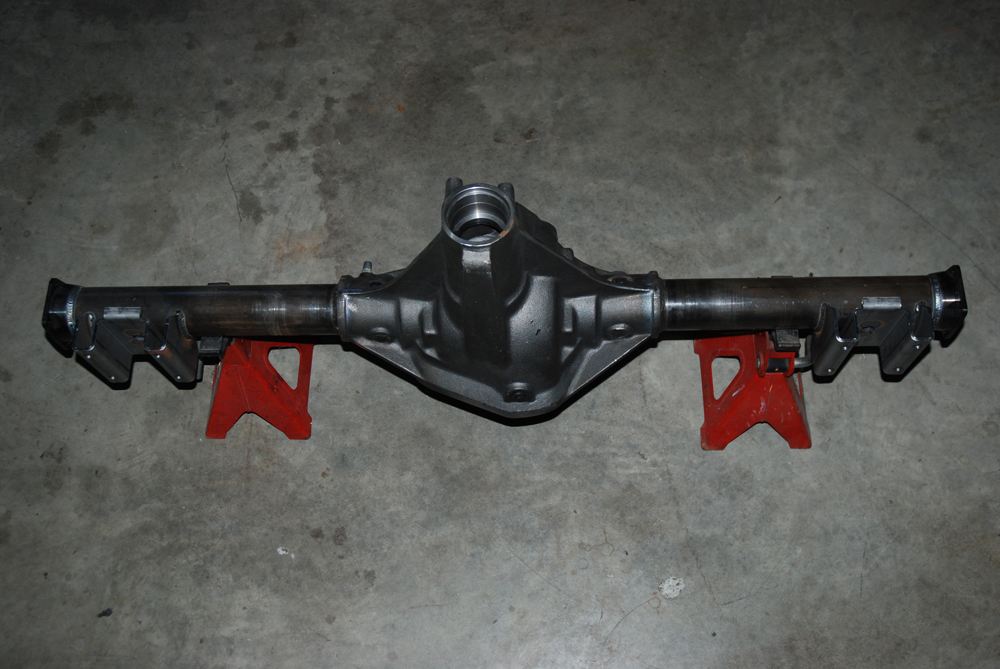
With the housing out of the car, measure the wheel-to-wheel width. Dummy up the package with the drums installed on the backing plates. Place a straight edge up from each drum face, and take this measurement (outside of the drum to outside of the drum). As you can see in this photo, a big c-clamp was used to hold everything in place while taking measurements. According to M-W, an allowance must be made for the air gap between the brake drum and the backing plate. Typically this air gap differs from car to car, and from brand to brand (as an example, it might be 1/8″ on one type of brake and more or less on another).
What’s the solution? Simple. Measure the air gap on a stock set of brakes on a stock housing with stock axles. If you have a disc brake setup, Mark Williams requests you supply the manufacturer and the part number of the brake kit being used. The reason is the amount of axle standout is critical when it comes to caliper to rotor alignment.
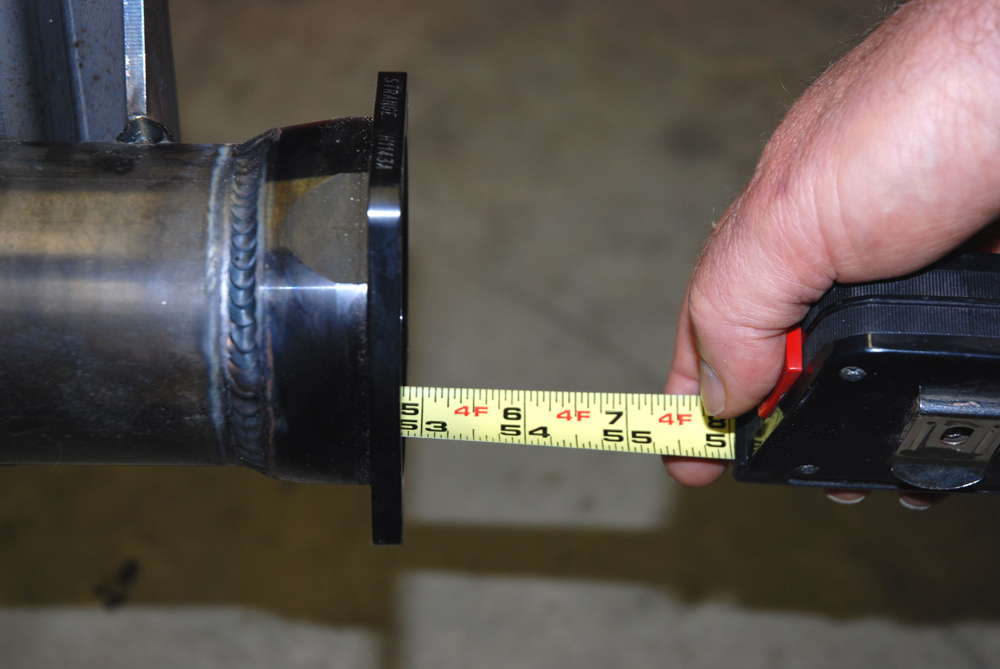
Measure the thickness of each brake drum. Subtract the measurement of both brake drums from the drum-to-drum dimension). Then measure the housing end for end. What you’ve established at this point is “D” on the chart — the actual wheel-to-wheel width.
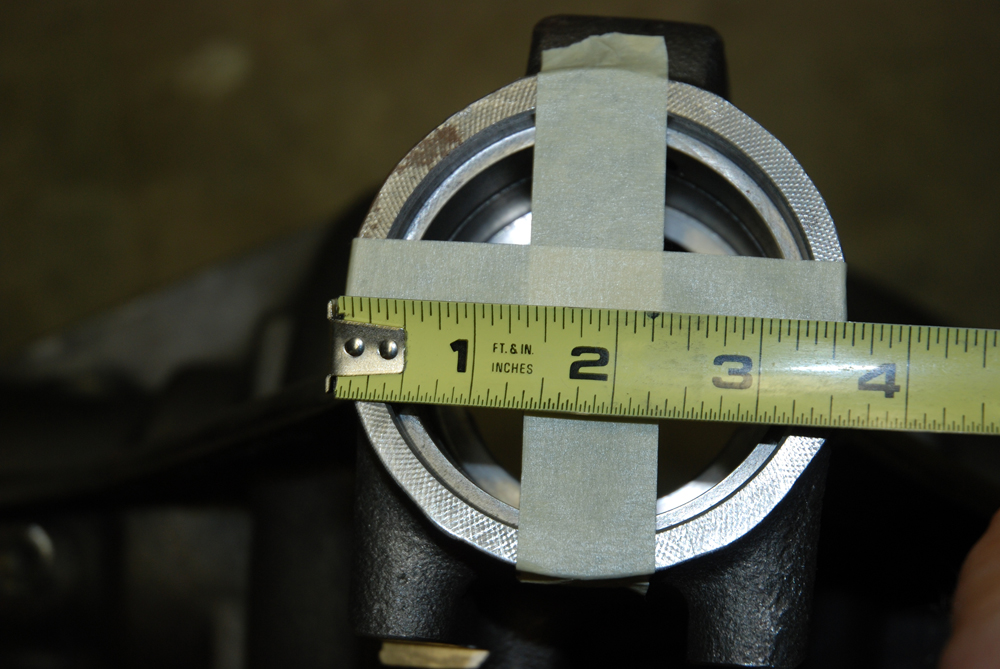
Mask over the nose of the housing in the pinion location. Measure the width of the pinion bore in the housing and divide it into two. This is the pinion centerline. Double check this step — the remaining measurements will be taken off the pinion centerline.
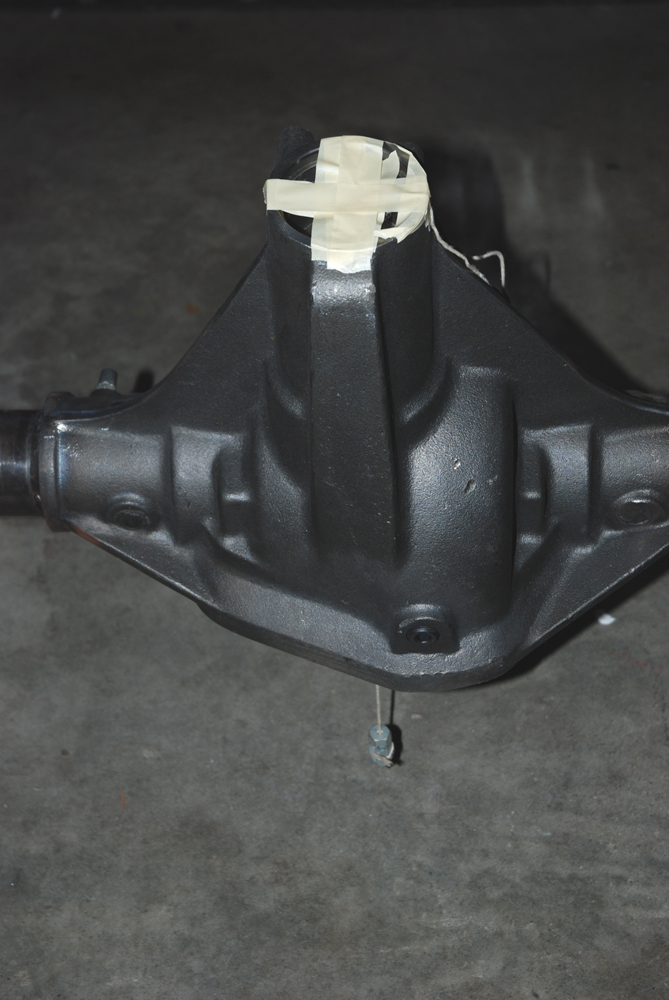
Measure from the pinion centerline to the wheel mounting location on each side (driver and passenger side) of the housing (see the plumb at the bottom of the housing – that’s the c/line). You’ll have to reinstall the brake drums, and then subtract the thickness of each brake drum for each side of the housing. The driver side measurement you come up with is measurement “E” (axle flange to pinion center). The passenger side measurement is “F” (axle flange to pinion center) in the chart.
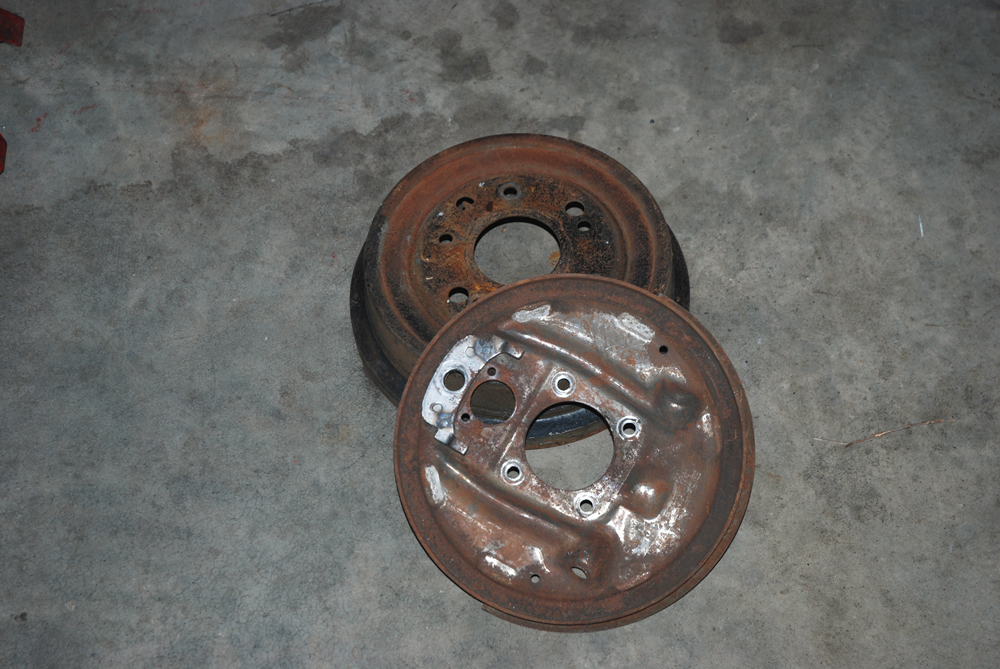
You can remove the wheel backing plates. Place a straight edge over each housing flange (driver side and passenger side) and measure between the two. This dimension is the overall housing width, from flange to flange (dimension “A” in the chart).
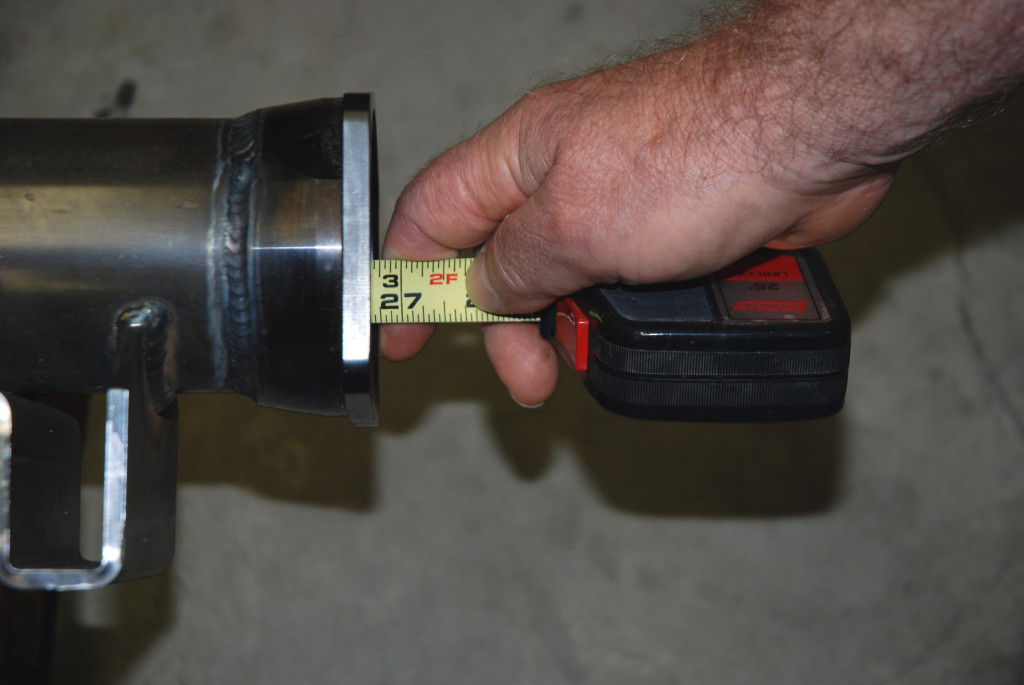
From the straight edge on the driver side housing flange, measure to the centerline of the pinion. This is dimension “B” in the chart. Next, measure from the straight edge on the passenger side-housing flange to the centerline on the pinion. This is dimension “C” on the chart. If necessary, double check all dimensions. You’re done.
Find the complete and original article here on RacingJunk.com
Want to read the whole series? Articles 1 - 4 can be found here. |